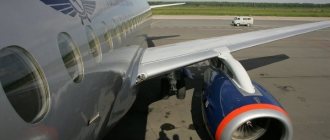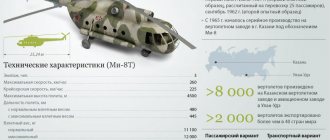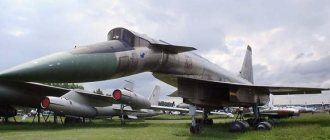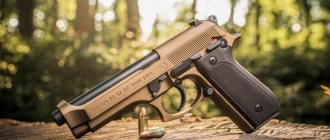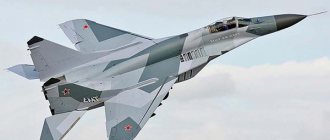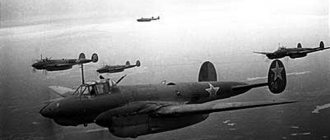Model P-51D
The P-51D model is made with high precision using factory drawings. It includes:
- Full damage model. Aerodynamic surfaces can come off, causing bullet holes and structural damage.
- Various texture maps - normals, specular. 100,000 polygons 3D model.
- Fully animated design details: flaps, canopy, landing gear, stabilizers, ailerons, etc.
- Several authentic paint schemes.
Aircraft dynamics model
- The P-51D dynamics model is a further development of the Advanced Flight Model (AFM), first developed for the Su-25 and later developed for the Ka-50 and A-10C.
- The wing, consisting of several segments, provides natural damping. Each aerodynamic surface has several points for accurately calculating the blowing speed from the propeller. The configuration of the propeller jet depends on the aircraft's speed, angles of attack and glide, propeller thrust, and changes in wing lift, such as changes in angle of attack or flap extension. All effects caused by the propeller, such as: jet blowing, reactive torque, forces and moments from oblique blowing of the propeller, gyroscopic moment are taken into account in calculating the dynamics.
- Realistic thermodynamic model of the engine for all its modes, from idle to maximum. The boost control model, like the real thing, is an automatic control system that controls the throttle valve. The Bendix-Stromberg carburetor model, like the boost regulator model, implements all the operating features of the device, providing the ability to enter a variety of faults.
- The second (“slow”) model operates when the engine starts and stops. A realistic thermodynamic model is used for the cycles of each cylinder, which provides: calculation of ignition separately in each cylinder, natural vibrations of the aircraft during startup, repriming at startup, stopping the propeller in the air, etc.
Cockpit
The DCS: P-51D cockpit has six degrees of freedom (6 DOF), which gives complete freedom of movement in it. Each panel is reproduced and animated to accurately match the 1940s-era P-51D, using high-resolution 3D models and textures for all panels, switches, gauges and buttons. The instrument lighting has two options - day and night.
When the mouse cursor is pointed at a control, a tooltip is displayed in the cockpit.

